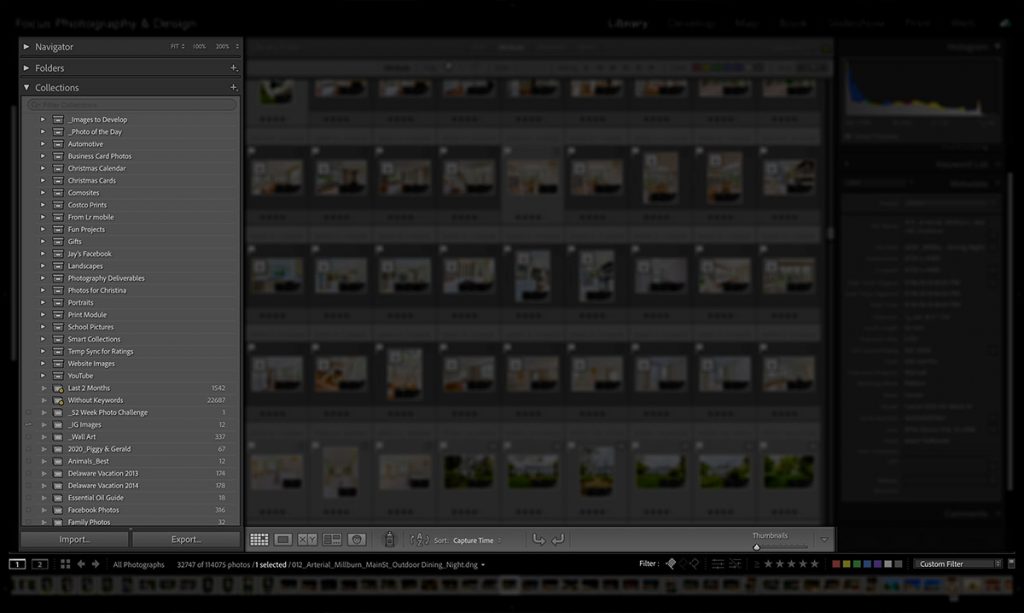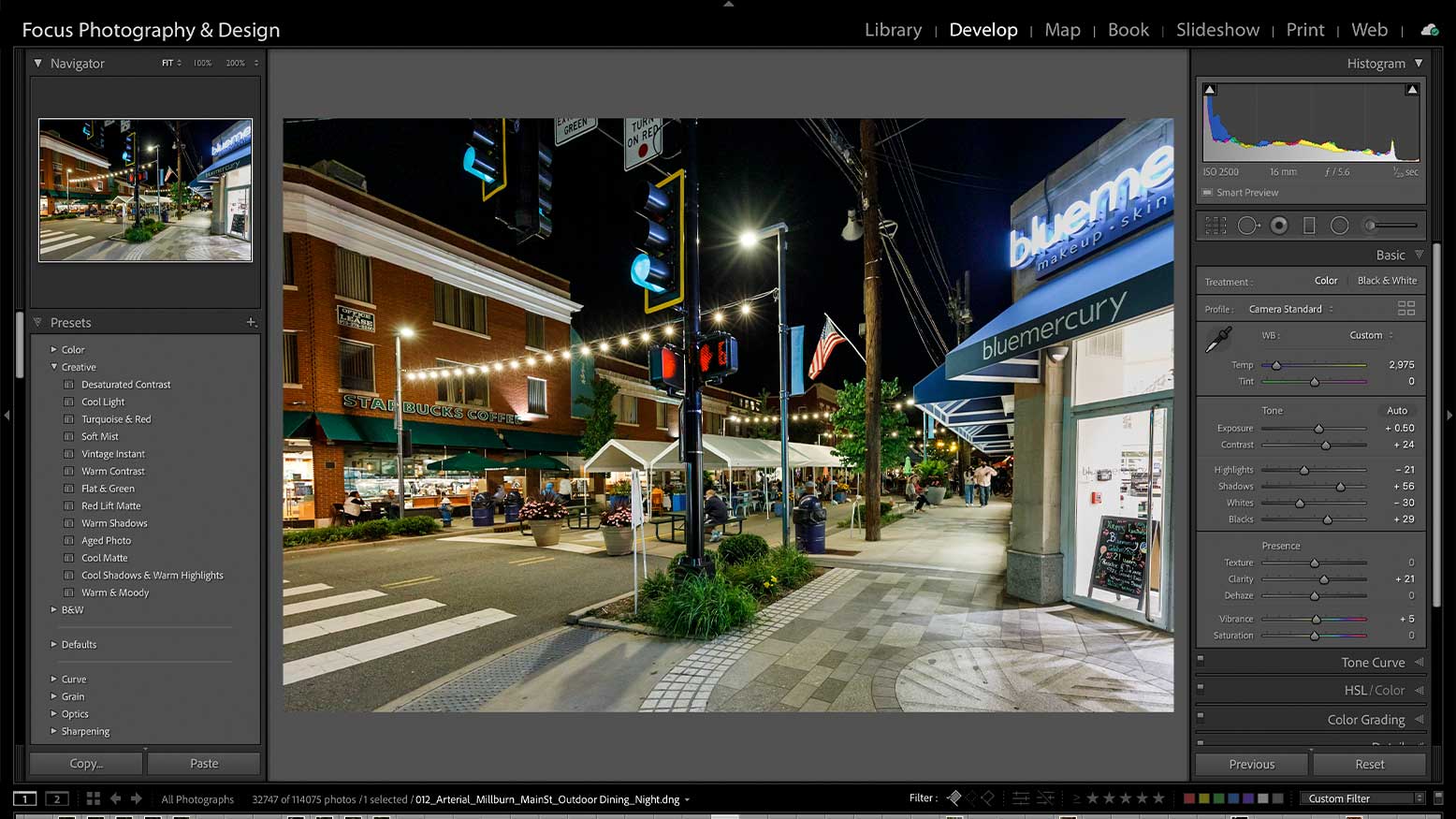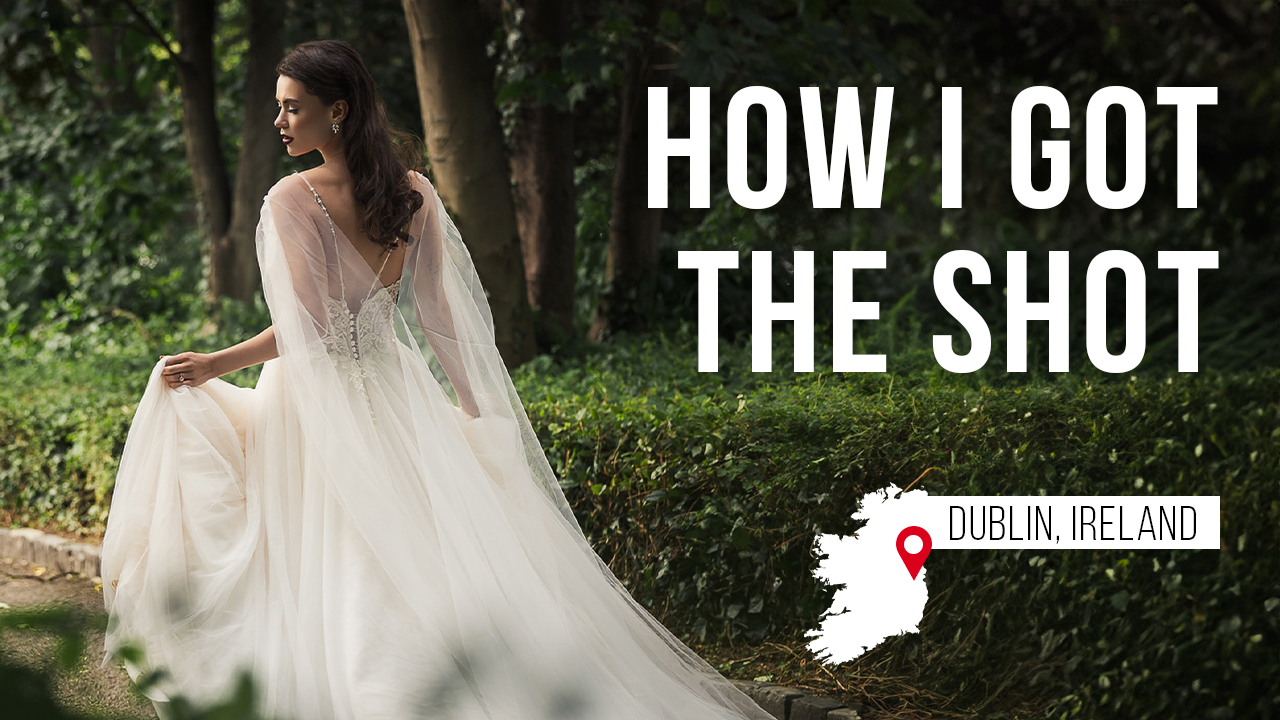Photoshop vs. Lightroom with Jason Yadlovski
Congratulations on getting started in photography! Photography is a wonderful way to capture special moments in time, the people we love, magnificent landscapes and so much more. Like many hobbies, there is so much to learn—from composition and lighting to cameras and f-stops, to how to edit and store your images. It may all seem daunting at first, but little by little you will learn all you need to know.
In this article, we are going to be discussing Photoshop vs Lightroom for beginner photographers. First, you’ll get an overview of each program, some of the main features and how the programs are used. Then I’ll share how you might get started using these programs as a beginner photographer. For me personally, its not Photoshop vs Lightroom they go hand in hand, helping to organize, manage and create works of art using the photographs I’ve taken.
Adobe Lightroom is a powerful program in Adobe Creative Suite. Lightroom allows you to do basic image editing like adjusting exposure, contrast, highlights, shadows, color, etc. It has some advanced retouching tools such as the spot removal tool to remove small unwanted objects or blemishes in an image, gradient and radial filters, as well as a brush tool. However, it can be somewhat limiting when you have more involved editing that needs to be done.
There are two features where Lightroom really excels. The first is its ability to organize and catalog your entire image collection. You have the ability to add keywords to images so you can search your catalog, you can rate images by stars, color code images and even use flags to select “picks” and “reject” images. You can organize images by creating folders and collections. Images can only reside in one folder, but can be in multiple collections. When an image is saved in multiple collections, Lightroom doesn’t actually duplicate the file—it just keeps track of everything in the database. Collections are a great way to organize your images into various groups. These collections can be a combination of manually selected images or part of a smart collection that sorts images by any piece of the metadata. A commonly used example of creating a smart collection is to have the program find and group all of your flagged images.
The second way Lightroom stands out is the speed at which you can edit multiple images. There are several techniques that allow you to make a change once and quickly apply the change across images. For example, you can adjust the exposure and simply apply the same adjustment to as many images as you would like. This makes for a very fast and effective workflow, especially when images are taken in the same setting.





